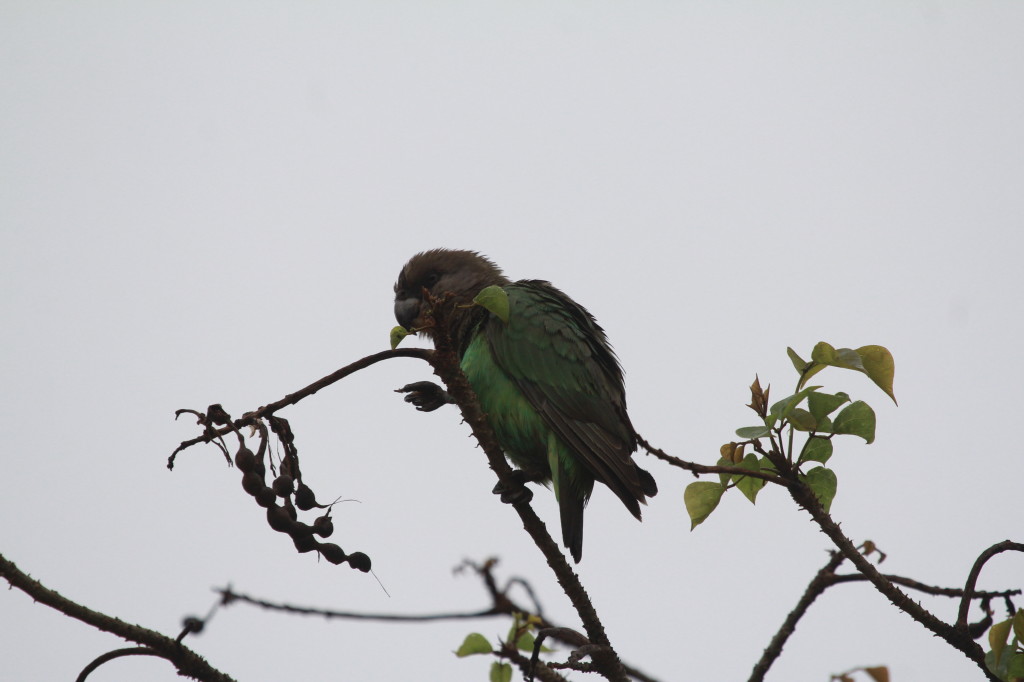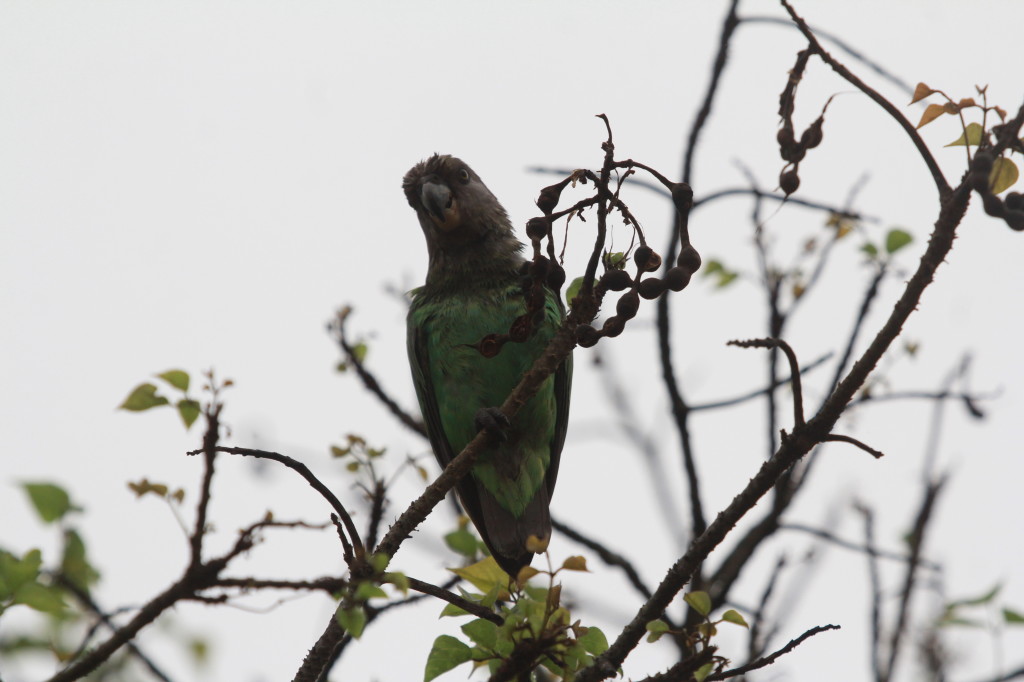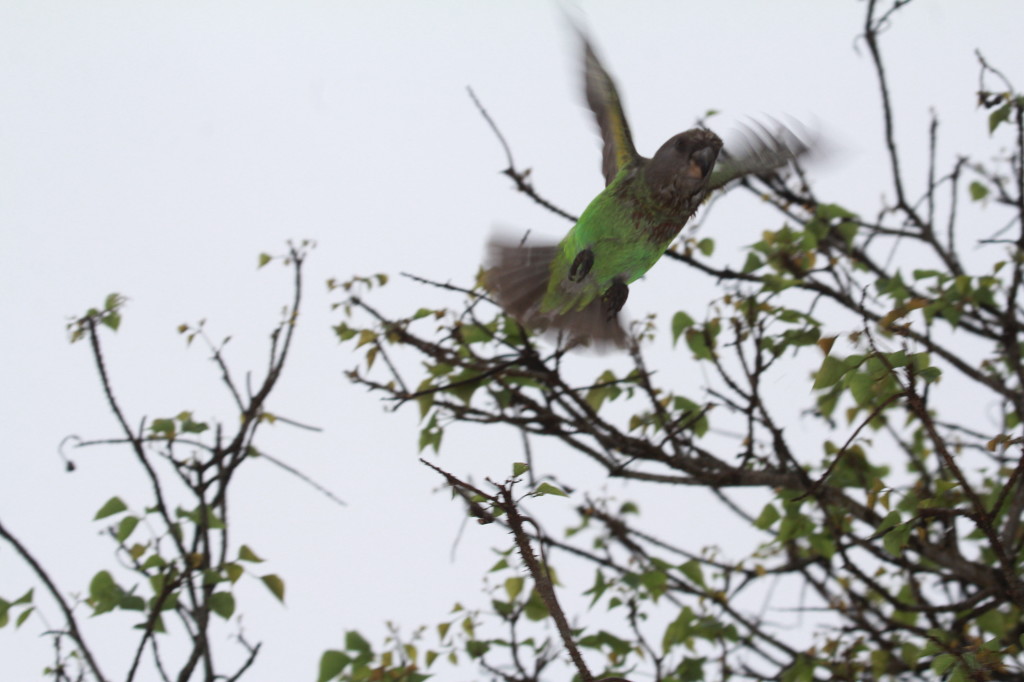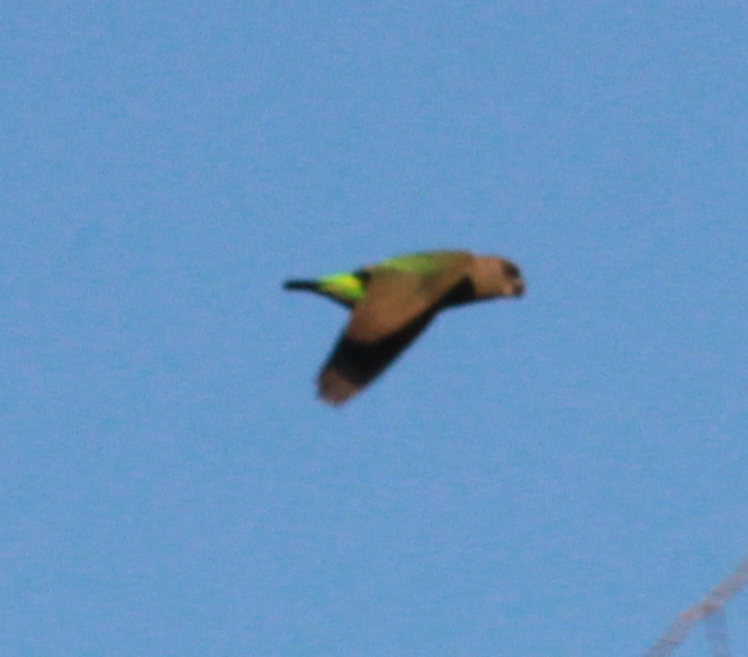If you have found my blog helpful at all this year, the best way you can thank me is by helping to save wild birds through this campaign.
“Tragically, parrots of many species are becoming increasingly endangered in the wild.
Their forests are being destroyed, they are being taken from the wild for the pet trade…
but, there is hope!”
Dr. Jane Goodall, Ph.D., DBE
Founder, the Jane Goodall Institute & UN Messenger of Peace
The World Parrot Trust does an annual fundraiser in which all funds are matched. This means that if you donate $100 it becomes $200 and so on. Every year they focus on different projects and this year they are focusing on the parrots of Africa. I am planning a trip there in 2015, I do make a point of visiting their projects just as I did in Belize and Costa Rica this year so I have seen with my own eyes the good they do.
Watch a special message from Dr. Jane Goodall
Featured Video
Dr. Jane Goodall, founder of the Jane Goodall Institute & UN Messenger of Peace, has been long dedicated to wildlife conservation, and works to improve the lives of communities living alongside threatened species.
Watch her very special message about Africa’s parrots, and the importance of saving them.
Tell the world – Save Africa’s Parrots
Join us through social media and become an ambassador for parrots. Use your network of friends and family to help expand support for conservation efforts in Africa and get the latest news on related issues and reports.
Become a fan on WPT’s Save Africa’s Parrots Facebook page! It is a great place to socialize and share your passion for parrots.
Follow us on Twitter to stay updated with news from the world of African parrot conservation & welfare.
Many parrot populations in Africa are at risk of disappearing forever.
 As you know, the wildlife trade, habitat loss and other threats endanger many of Africa’s parrots: Grey parrot numbers have plummeted. Timneh parrots have disappeared from much of their range. Cape parrots are battling against the loss of habitat and disease, and many more parrots in Africa face similar dangers.
As you know, the wildlife trade, habitat loss and other threats endanger many of Africa’s parrots: Grey parrot numbers have plummeted. Timneh parrots have disappeared from much of their range. Cape parrots are battling against the loss of habitat and disease, and many more parrots in Africa face similar dangers.
But, there is good news, and reason to hope…
WPT has been working in Africa for many years but recognizes the need for more to be done. Thankfully trade is down, and field research and conservation efforts are growing.
Our experience has led to the development of WPT’s Africa Conservation Programme (WPT-ACP), an innovative effort focusing on:
- Working with in-country partners to conserve parrots and habitats
- Researching parrot populations to make better decisions on how to protect them
- Investigating threats that put them at risk
- Collaborating with law enforcement to protect parrots from the wildlife trade
- Aiding efforts to improve wildlife law enforcement and management of
confiscated birds - Reaching local communities to raise awareness of why parrots must remain wild
Our current work is focused on researching Timneh parrots in the Bijagós archipelago of Guinea-Bissau, initiating community education to protect Grey parrots in Uganda, and expanding a population monitoring project for Cape parrots in Limpopo, South Africa. (Read full details »)
With your help we can do much more…
Because of the urgent need for these efforts to continue, WPT-ACP is now dedicated to a multi-year commitment on behalf of these birds to help at-risk parrots throughout Africa.
All of this effort requires time and money. Just one gift from you of $25, $50 or $100 will help us to continue this vital work of research, encouraging wildlife law enforcement, confiscation, rescue, rehabilitation of birds caught in the trade, protecting habitat and public education.
Your gift, doubled!
If you donate before January 2014, your gift will be matched by our generous sponsors
dollar for dollar. That’s twice the impact your gift can make for the parrots!
Will you join our team and help Save Africa’s Parrots today?






